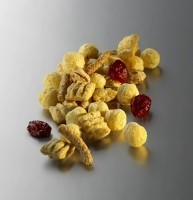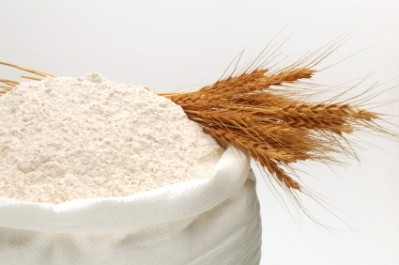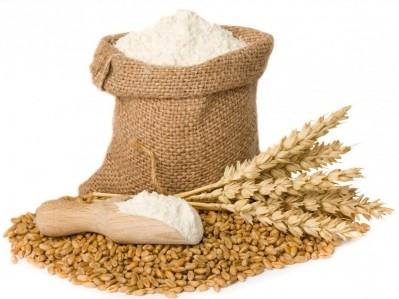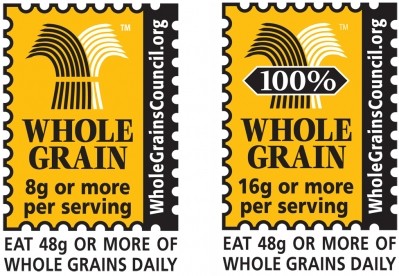Didion Milling debuts whole grain corn flour based on cereal manufacturer demand
Timing just right for whole grain corn flour: Didion Milling
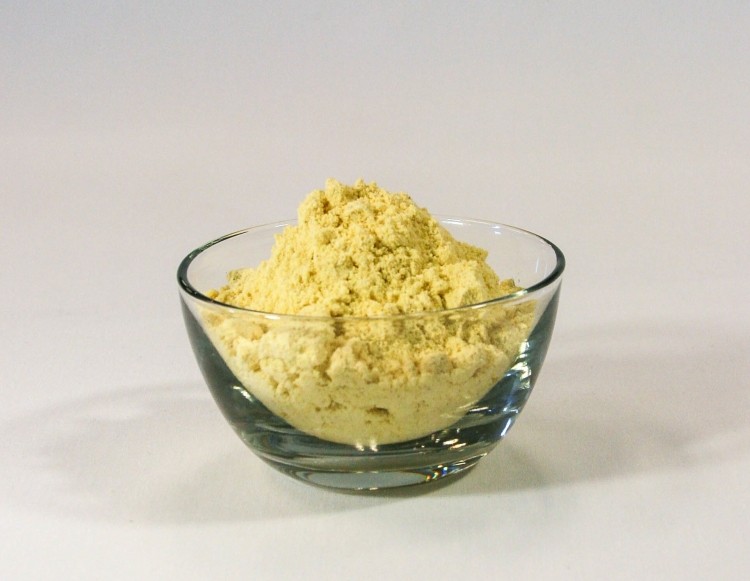
For Didion Milling, increased pressure from cereal manufacturers to develop a whole grain flour made from corn led the supplier to roll out HarvestGold, a whole grain corn flour, this month at the IFT 2014 show in New Orleans.
“Cereal was the main reason that we added whole grain corn flour to product line,” Katie Dogs, public relations manager for Cambria, WI-based Didion, told Milling & Grains, adding that 30% of whole grain product launches in 2012 alone were cereals. “RTE cereals are a huge application we’re seeing, but we see a lot of possibilities on the horizon, especially around some of the changing whole grain requirements in K-12 school meals, which are going to more whole grain foods in breakfasts and lunches.”
Consumers more accepting of whole grains
To qualify as a whole grain, all parts of the kernel—starch, protein, bran and germ—must be present. Beginning next school year, all grains and breads in school meal programs must be whole grain rich, meaning whole grains are listed as the primary ingredient by weight. (Cereals currently served in the program must carry at least 10 grams of whole grains per serving, with an ultimate goal of 16 grams per serving.)
Not only that, but in the FDA’s proposed updates to Nutritional Facts labels it has included an increase in the Dietary Reference Value of fiber from 25 grams to 28 grams. Despite their benefits, most consumers have long had trouble incorporating enough whole grains into their diets given their negative taste associations, but that could be changing. More than a third (36%) of consumers said they enjoy the taste of whole grain foods in 2009, compared to just 13% in 2006, according to Food and Health Surveys.
“In the past, it has been difficult to meet the organoleptic criteria that the marketplace puts on whole grain products,” Todd Giesfeldt, mill R&D senior manager, told us. “People like the taste of these very refined products, like refined wheat flour and refined corn flour. They like the light, fluffy texture white bread brings, and it’s been difficult to formulate a product that is exactly like a piece of Wonderbread in whole grain.
“We had to reeducate the consumer to accept the mouthfeel, texture and taste you get with whole grain products. But frankly the marketplace has changed over last few years, such that we don’t have to formulate trying to match a piece of white bread anymore.”
Given corn’s role as an economical staple of American diets (going back nearly 7,000 years to Central America) and its growing popularity in today’s market as Hispanic foods become more mainstream (sales of tortilla chips grew at a faster clip than potato chips in 2013, according to retail tracker InfoScan Reviews), the time may be just right for whole grain corn.
As with most whole grain products, the primary challenge of whole grain corn flour is shelf life due to the oils present in the bran. Didion had to create a customized corn milling process when it began developing whole grain corn flour in 2013. “Because increased fat content in whole grain products can lead to rancidity, certain enzymes active in the germ have to be deactivated to prevent staling or off flavors.”
Calling the rest of the process fairly straightforward, Giesfeldt noted that Didion can grind the flour toalmost any particle size, though most customers favor finer material, which he says is more mouth-friendly. “They don’t want to get fiber so big that it gets a gritty taste.”
Inexpensive, good nutritional profile and gluten-free
Whole grain corn is high in total dietary fiber, which is rich in the micro ingredient ferulic acid, an effective antioxidant. Soluble corn fiber is fermented into short-chain fatty acids, which are involved in numerous physiological processes promoting good health. Insoluble corn fiber can help regulate blood sugar, improve laxation, add bulk to the stool, provide satiety and stimulate intestinal fermentation production of short-chain fatty acids, which may reduce risk of colorectal cancer.
Corn flour is also high in protein (approximately 8%, compared to 11-15% for wheat flour). Moreover, corn fiber oil can block the absorption of dietary cholesterol in the body and potentially lower serum cholesterol by 10-15%.
Because corn is gluten-free, Didion also sees some potential incorporating the ingredient into gluten-free flour blends into formulas that might otherwise rely on starch for bulking, given that corn offers “a more healthy, wholesome cereal component that starch per se is lacking,” Giesfeldt said, adding that its subtle nutty flavor, particularly attributable to the germ, complement other grains well. But due to its short protein structure, it could never replace wheat gluten one to one, so Giesfeldt recommends adding hydrocolloids to get the desired characteristics in baked products.
